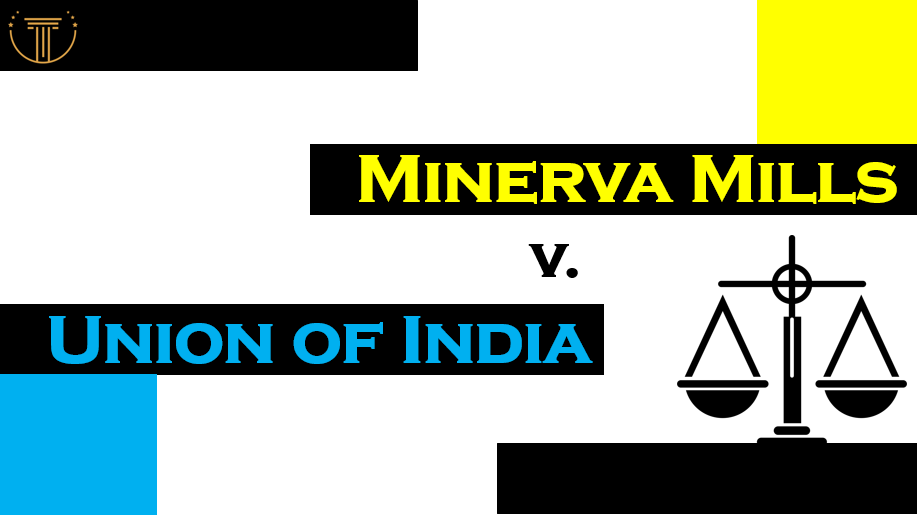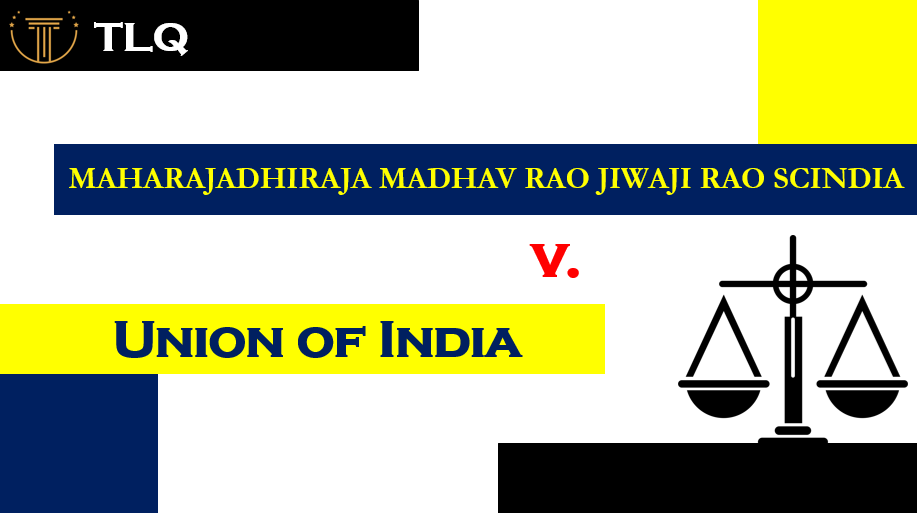Published On: 2 October, 2023
Indra Sawhney vs Union of India
Case Name: Indra Sawhney vs Union of India, 1992 SCC (L&C) supp.
Date of Decision: 16th September, 1992
Parties Involved: Indra Sawhney (Petitioner), Union of India (Respondent)
Procedural History: The Mandal Commission was formed in 1979 to recommend steps for the upliftment of SEBCs. It proposed a 27% government quota for the SEBCs, but this was not implemented till 1990 when the Janta Dal Government issued a memorandum to do so. This led to widespread anti-reservation protests, with many students burning themselves to death. The Congress Government then came into power and issued another O.M. with some modifications, but the violence continued. The Supreme Court then took up the matter and ruled that the Mandal Commission Report could be implemented but with the economic criterion being introduced.
In addition, to the political and social turmoil, the implementation of the Mandal Commission Report also coincided with the introduction of the LPG (Liberation, Privatization, Globalisation) policy in 1991. This raised questions about how far reservation could be effectively implemented in the context of the new economic order.
Facts: The case of Indra Sawhney also known as the Mandal Commission Case, was a landmark judgment of the Supreme Court of India that laid down the constitutional guidelines for the implementation of reservation in government jobs and educational institutions.
The case was filed in 1990 by a group of petitioners, including Indra Sawhney, challenging the constitutional validity of the recommendations of the Mandal Commission, which had proposed reservations for other backward Classes (OBC) in government jobs and educational institutions.
The Supreme Court, in its 1992 judgment, upheld the recommendations of the Mandal Commission but laid down certain guidelines for the implementation of reservation.
The guidelines included:
- Total reservations for all categories should not exceed 50%,
- Reservations should be based on the concept of “social backwardness” and not caste alone,
- A “creamy layer” of OBCs who have already benefitted from education and employment should be excluded from reservation,
- Reservation should be implemented in a “post-graduate” manner, i.e., the number of reserved posts should be equal to the quota prescribed for that category.
The Indra Sawhney case was a major victory for the OBCs, as it ensured that they would have a fair share of government jobs and educational opportunities. The judgment also set important precedents for the implementation of reservations in India.
The case was also significant because it raised important questions about the role of reservation in a democratic society. The petitioner argued that reservations were a form of reverse discrimination that discriminated against the forward castes. The Supreme Court, however, held that reservations were a necessary measure to achieve social justice and to ensure that all sections of society have an equal opportunity to participate in the development of the country.
Issue(s): The legal issues that the Supreme Court had to address in the case were:
- Whether the reservation of 27% of seats in government jobs for OBCs violated the fundamental right to equality guaranteed by Article 14 of the constitution of India;
- Whether caste is a reliable indicator of backwardness;
- Whether the efficiency of public institutions would be adversely affected by the reservation of 27% of seats for OBCs;
- Whether the reservation of 27% of seats for OBCs should be limited to initial appointments or should also extend to promotions.
The Supreme Court held that the reservation of 27% of seats for OBCs in government jobs did not violate the fundamental right to equality guaranteed by Article 14 of the Constitution. However, the Court also held that caste is not a reliable indicator of backwardness and that other factors such as economic status, should also be considered. It was also held that the efficiency of public institutions would not be adversely affected by the reservation of 27% of seats for OBCs, but that the reservation should be limited to initial appointments and should not extend to promotions.
This judgment clarified the constitutionality of reservation for OBCs but also set some limits on the extent of reservation that is permissible. The judgment is still cited in cases involving reservation, and it continues to be an important source of guidance on this issue.
Reasoning: the court’s reasoning was based on the following legal principles:
- The right to equality under Article 14 of the constitution does not mean absolute equality. It allows for reasonable classifications such as reservation, that are designed to promote social justice.
- Reservation is a necessary measure to address the historical and continuing discrimination faced by the SC and STs.
- Reservation must be based on rational classification of groups that are socially and educationally backward.
- Reservation must be limited in time and extent.
- Reservation must not adversely affect the efficiency of public institutions.
The court also relied on the following precedents:
- The Champakan Dorairajan Case (1951), in which SC upheld the constitutional validity of the reservation of SC and STs in government jobs.
- The M Nagraj Case (2006), in which the Supreme Court upheld the constitutional validity of reservations for Other Backward Classes (OBCs) in government jobs, but placed several restrictions on their implementation.
The Court also took the following factors in its decision:
- The necessity of promoting social justice and opportunity equality.
- The need to protect the interests of SCs, STs, and OBCs.
- The need to ensure the efficiency of public institutions.
- The need to balance the competing interests of different groups in society.
The Court’s decision was a compromise between the competing demands of social justice and efficiency. It did not satisfy everyone, but it has been widely accepted as a fair and balanced approach to affirmative action in India.


